Nearly half a century has passed, but the Ho Chi Minh Campaign remains a brilliant milestone in the history of the Vietnamese nation, leaving behind many valuable experiences for the cause of building and defending the Fatherland.

People of Saigon City held a rally to welcome the launch of the City Military Management Committee on May 7, 1975. (Photo: VNA)
Nearly 50 years have passed, the Ho Chi Minh Campaign (April 26-30, 1975) is still the pinnacle of victory of the Vietnamese revolution, entering the history of the Vietnamese people's resistance against foreign invaders as the most brilliant golden pages.
The Ho Chi Minh Campaign was the decisive strategic campaign in the 1975 Spring General Offensive and Uprising, successfully ending our people's resistance war against the US to save the country, completely liberating the South and reunifying the country.
The time is ripe.
At the end of March 1975, our army continuously won great victories in the Central Highlands Campaign (March 4-24, 1975) and Hue- Da Nang Campaign (March 5-29, 1975), causing the enemy to suffer heavy losses in both numbers and material, and a serious decline in fighting spirit.
Meanwhile, our main army units have accumulated more experience, captured more weapons and technical equipment from the enemy, and the fighting strength of our main army corps has increased.
Along with that, our local armed forces also developed in both quantity and quality, creating favorable conditions for the final strategic battle.
 The Hue -Da Nang Campaign was a large-scale combined arms campaign that took place in a short period of time and achieved great victory. In the photo: Liberation Army entering Ngo Mon Gate (Hue), morning of March 26, 1975. (Photo: VNA Document)
The Hue -Da Nang Campaign was a large-scale combined arms campaign that took place in a short period of time and achieved great victory. In the photo: Liberation Army entering Ngo Mon Gate (Hue), morning of March 26, 1975. (Photo: VNA Document)
In that context, on March 31, 1975, the Politburo met and made the following assessment: “In terms of strategy, military and political forces, we have overwhelming strength, the enemy is facing the risk of collapse and destruction... the opportunity to launch a general offensive and uprising in Saigon-Gia Dinh is ripe.”
From that assessment, the Politburo decided: “We must grasp the strategic opportunity, be determined to carry out a general offensive and uprising, and successfully end the war of liberation in the shortest possible time. It is best to start and end in April this year, without delay. We must act “quickly, boldly, and unexpectedly.
Implementing the Party's policy, on April 7, 1975, General Commander-in-Chief, Secretary of the Central Military Commission, Minister of National Defense Vo Nguyen Giap sent a telegram to the units: "Faster, faster. Bold, bolder. Seize every hour, every minute, rush to the front, liberate the South. Determined battle and total victory."
The strategic determination and the swift, bold leadership of the Party and the Central Military Commission were thoroughly communicated to the entire army and people. The whole country was filled with the atmosphere of going to battle.
The combined arms corps, along with many engineering, artillery, air defense, tank, and special forces units, rushed to the key battlefield; while marching, they fought the enemy, opened roads, and built bridges.
On April 6, 1975, the Command of the Saigon-Gia Dinh Liberation Campaign was established, including the following comrades: Van Tien Dung, Commander; Pham Hung, Political Commissar and Party Secretary; Tran Van Tra, First Deputy Commander and Chief of Staff; Le Duc Anh, Deputy Commander (on April 22, comrade Le Trong Tan, Deputy Commander, comrade Le Quang Hoa, Deputy Political Commissar were added).
On April 14, 1975, the Politburo and the Central Military Commission approved the final plan for the Saigon-Gia Dinh Liberation Campaign.
The plan determined that the attack would take place simultaneously in five directions: Northwest, Northeast, East, Southeast, West and Southwest; to carry out a quick, decisive attack, destroy and completely disintegrate the enemy, protect the people, and protect economic and cultural facilities in the city.
The Politburo pointed out: "We have all the conditions and capabilities to achieve complete victory in a short time at a fast pace."
On the same day, April 14, 1975, in response to the wishes of the people and armed forces on the battlefield, including the army and people of Saigon-Gia Dinh city, the Politburo approved the proposal of the Campaign Command to name the Saigon-Gia Dinh Liberation Campaign the Ho Chi Minh Campaign.
The news that the campaign was named after Uncle Ho reached the entire people and army, creating new strength and strongly encouraging the spirit of our army and people.
Ho Chi Minh campaign was a complete victory.
At exactly 5:00 p.m. on April 26, 1975, our army opened fire and began a major attack on Saigon, opening the historic Ho Chi Minh Campaign.
From five directions: Northwest, Northeast, East, Southeast, West and Southwest, the deep penetration troops led by tanks smashed the enemy's outer defense areas and approached Saigon.
 On April 28, 1975, our artillery positions fired at Tan Son Nhat airport. However, it was not until 2 p.m. on April 30 that Tan Son Nhat airport was completely silent. (Photo: VNA)
On April 28, 1975, our artillery positions fired at Tan Son Nhat airport. However, it was not until 2 p.m. on April 30 that Tan Son Nhat airport was completely silent. (Photo: VNA)
The enemy was completely in strategic disarray. From the afternoon of April 28, the puppet troops no longer received orders from the General Headquarters and the commanding generals because they had fled abroad.
On the night of April 28, 1975, the Campaign Command ordered our troops in five directions to simultaneously attack Saigon, and at the same time instructed Military Regions 8 and 9 in the Southern Delta to coordinate the attack to liberate the Southern Delta.
At 5:00 a.m. on April 29, 1975, our troops attacked the enemy's defensive bases to enter Saigon city.
Short and practical slogans of encouragement such as: "Delay is a crime against history," "opportunity is a command" of the Politburo were raised.
All units were full of enthusiasm to attack, determined to capture the assigned targets.
During the long resistance war, the strength of patriotism, national unity and the strength of people's war were constantly multiplied, making our army and people fight harder and harder, and win more and more. |
After more than 3 days and nights of fierce fighting, our army captured many bases and positions, destroyed the enemy's outer defense line, and destroyed and disintegrated most of the enemy's 5th, 25th, 22nd, 18th, and 7th divisions.
At this time, the whole country turned towards Saigon-Gia Dinh. The entire force to attack Saigon was ready. The officers and soldiers were seething with determination to win. On their hats, on their sleeves, on their gun stocks, on their cannon barrels, on their vehicle walls, were inscribed the words of beloved Uncle Ho: “Forward! Total victory will be ours.”
Early in the morning of April 30, 1975, from all directions, our army rushed into Saigon. Our army quickly captured the enemy's Air Force Command and Airborne Division Command and controlled Tan Son Nhat airport.
At 10:45 a.m. the same day, we attacked the Independence Palace, captured the entire Saigon government, and forced President Duong Van Minh to declare unconditional surrender.
At 11:30 a.m., the revolutionary flag flew over the roof of the Presidential Palace of the Saigon government - Independence Palace. The historic Ho Chi Minh Campaign was a complete victory!
 On the morning of April 30, 1975, from all directions, hundreds of tanks, armored vehicles and infantry simultaneously advanced straight to the Presidential Palace of the Saigon puppet government, liberating Saigon. (Photo: VNA)
On the morning of April 30, 1975, from all directions, hundreds of tanks, armored vehicles and infantry simultaneously advanced straight to the Presidential Palace of the Saigon puppet government, liberating Saigon. (Photo: VNA)
From the capital Hanoi to remote villages and remote islands, cheers of joy resounded.
The whole nation resounded with the triumphant song "As if Uncle Ho were here on the day of great victory," successfully ending the resistance war against the US, saving the country, completely liberating the South, and unifying the country.
The pinnacle of victory of the Vietnamese revolution
With the victory of the historic Ho Chi Minh Campaign, our army and people smashed the entire large and modern war machine of the US puppet government in the South and wiped out the puppet government that the US imperialists had worked hard to build for over 20 years, liberating the entire South, unifying the country; bringing our nation into a new era, the era of national independence and socialism nationwide.
The Ho Chi Minh Campaign continued to develop Vietnam's military art to a new level. It was the art of concentrating the largest military force, forming an overwhelming advantage over the enemy right at their headquarters; forming a tight siege based on strong military and political forces, in which the strategic mobile main armed force played a core, decisive role and was one step ahead; implementing coordination between military branches, attack directions, main army corps with local forces.
It was the art of striking quickly, closely combining outer defense with deep thrusts of mechanized troops and raids into the center of Saigon city, capturing the most important target. This was an unprecedented large-scale offensive campaign on the Vietnamese battlefield, far surpassing previous large campaigns in terms of force scale, intensity, attack tempo, content of combined arms operations, level of thorough completion of strategic missions, as well as the political purpose of the Vietnamese revolutionary war.
 Liberation flag flying at Tan Son Nhat airport, April 30, 1975. (Photo: VNA)
Liberation flag flying at Tan Son Nhat airport, April 30, 1975. (Photo: VNA)
The victory of the Ho Chi Minh Campaign was the result of a combination of factors: the leadership of our Party, headed by President Ho Chi Minh, with correct, creative, independent and self-reliant political and military lines; the strength of the four-thousand-year tradition of building and defending the country; the steadfast, indomitable will, the consciousness of mastering the country's destiny of the entire Vietnamese people with the spirit of "Nothing is more precious than independence and freedom"; the brave and intelligent fight of the entire country, with the core being the three-armed forces; the solidarity and fighting alliance of the people of the three Indochinese countries; and the strong support of revolutionary and peace forces in the world.
The victory of the Ho Chi Minh Campaign is also the victory of the strength of great national unity.
During the long resistance war, the strength of patriotism, national unity and the strength of people's war were constantly multiplied, making our army and people fight harder and harder, and win more and more.
And the strength of the great national unity bloc during more than 20 years of protracted resistance was gathered for the historic moment in the final strategic decisive battle - the Ho Chi Minh Campaign.
Our nation has won complete victory. That is also the clearest proof of the invincible strength of the great national unity bloc in the Ho Chi Minh era.
Nearly half a century has passed, but the Ho Chi Minh Campaign remains a brilliant milestone in the history of the Vietnamese nation, leaving behind many valuable experiences for the cause of building and defending the Fatherland today. 

According to VNA
Source


![[Photo] Hungarian President begins official visit to Vietnam](https://vphoto.vietnam.vn/thumb/1200x675/vietnam/resource/IMAGE/2025/5/27/ab75a654c6934572a4f1a566ac63ce82)


![[Photo] Hungarian President and his wife take a walk and enjoy the view of Hoan Kiem Lake](https://vphoto.vietnam.vn/thumb/1200x675/vietnam/resource/IMAGE/2025/5/28/b9c83fbe6d5849a4805f986af8d33f39)


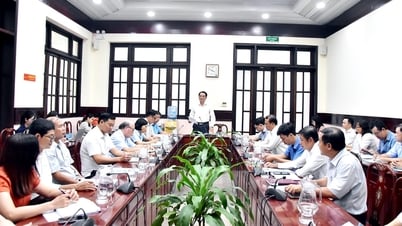
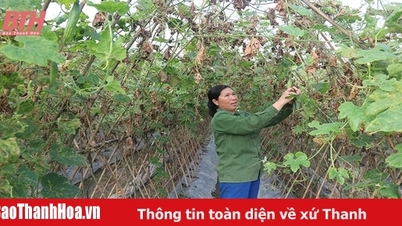

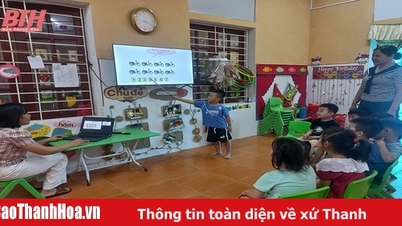
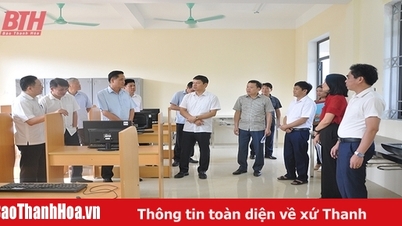
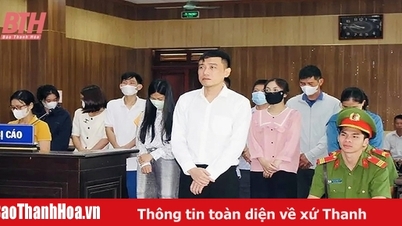
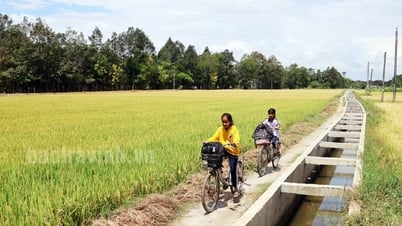




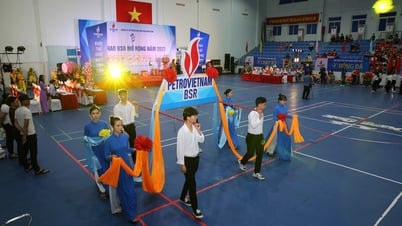
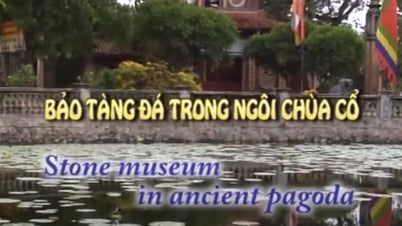
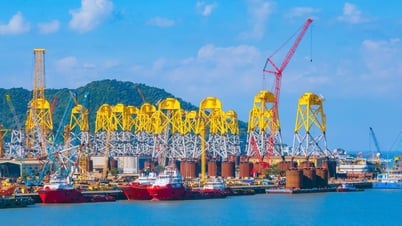
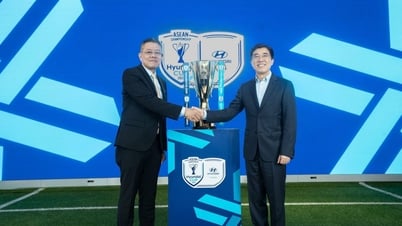


![[Photo] Vice President Vo Thi Anh Xuan, French President Emmanuel Macron and his wife visit Hanoi University of Science and Technology](https://vphoto.vietnam.vn/thumb/1200x675/vietnam/resource/IMAGE/2025/5/27/267b6f2bdf3e46439f081b49f6ec26b1)
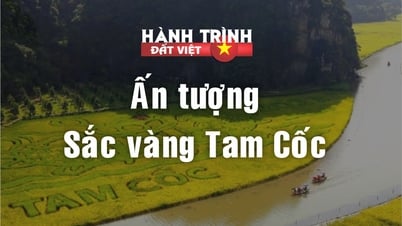



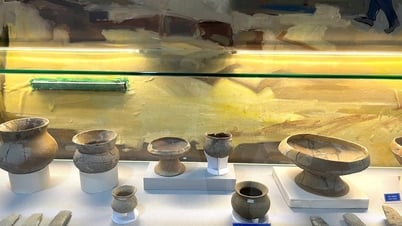



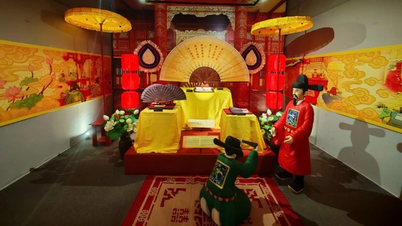

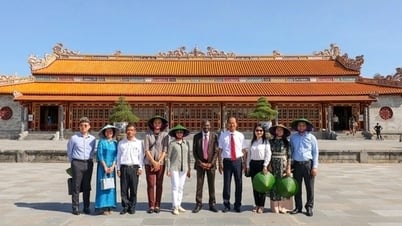

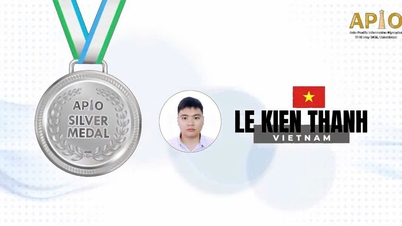

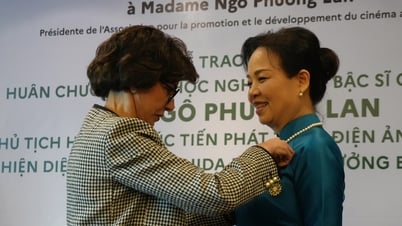

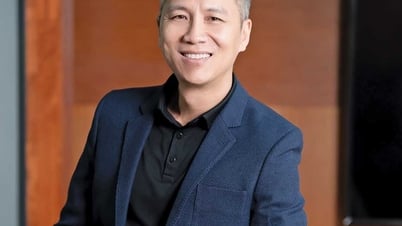


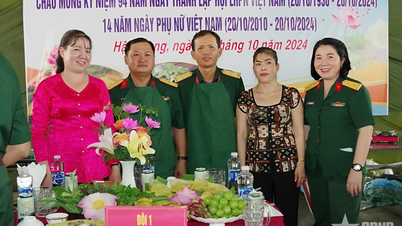

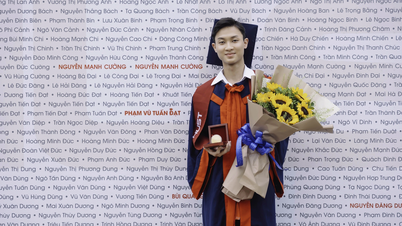
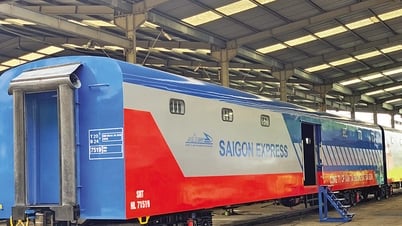

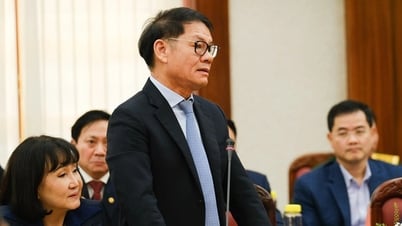



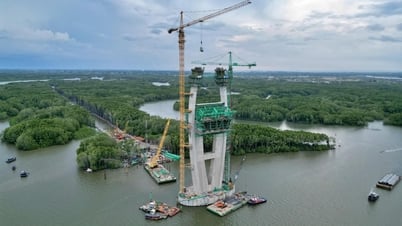



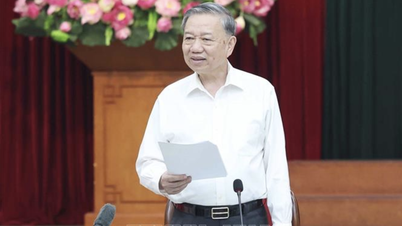
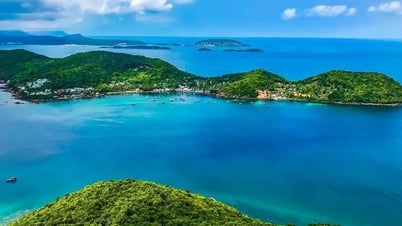

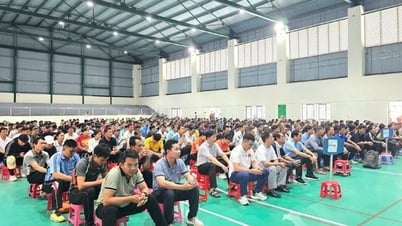


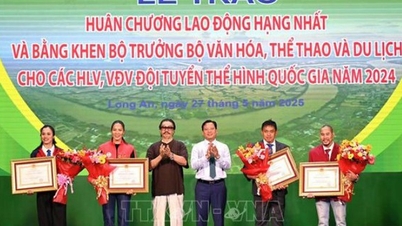


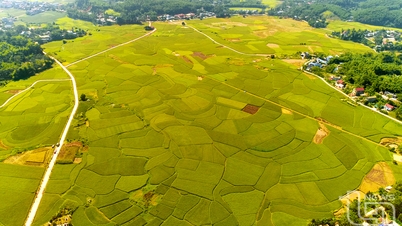



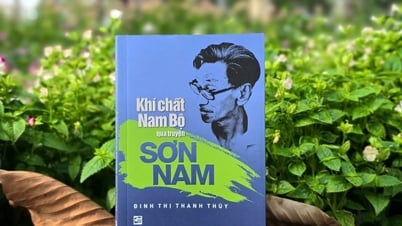

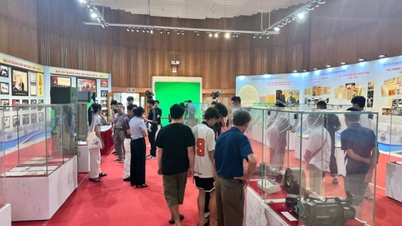

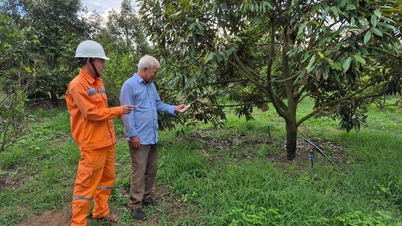

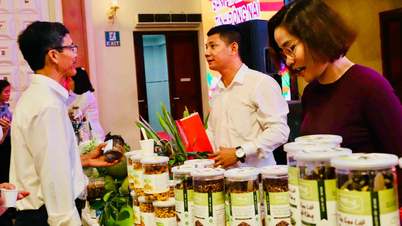



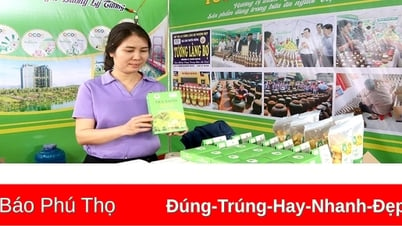

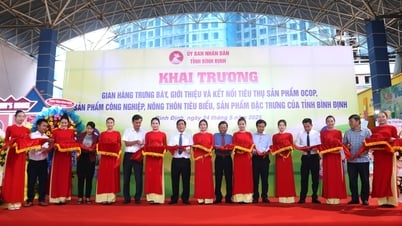



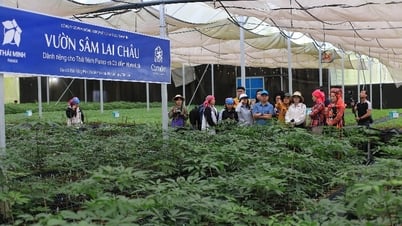

Comment (0)